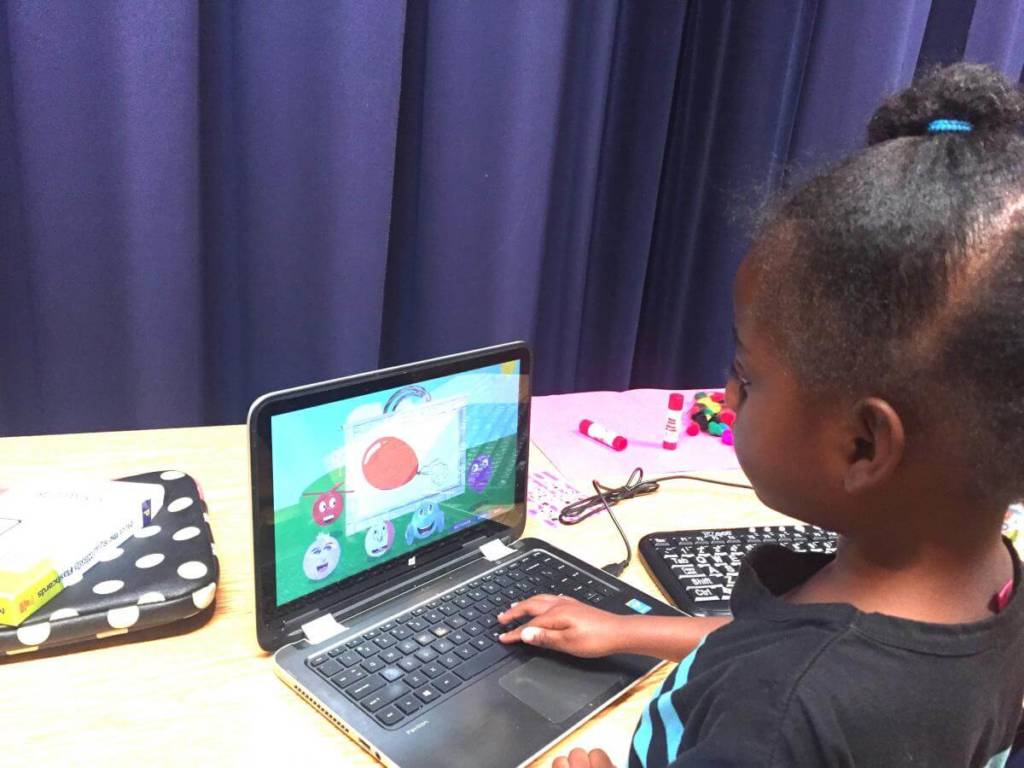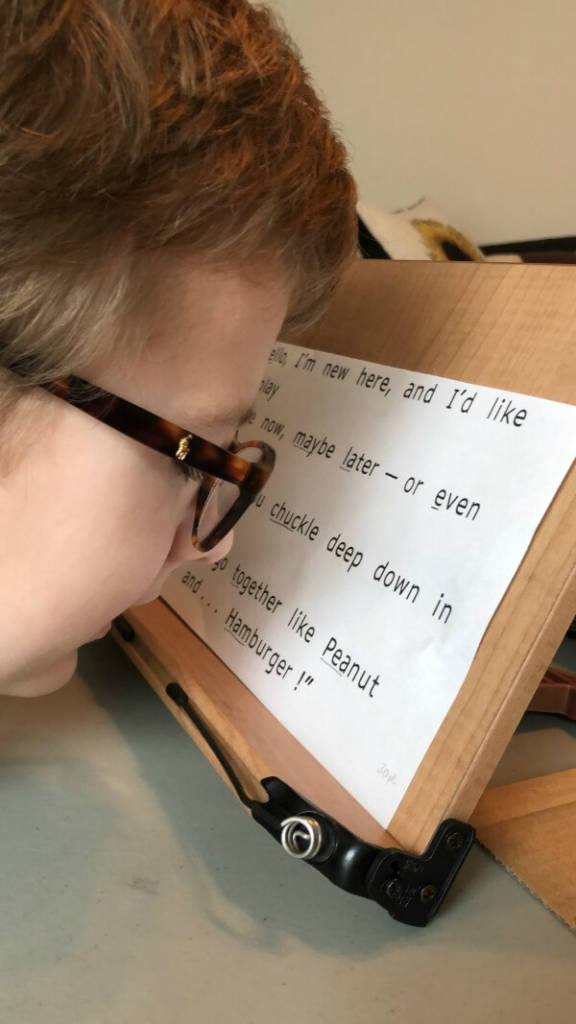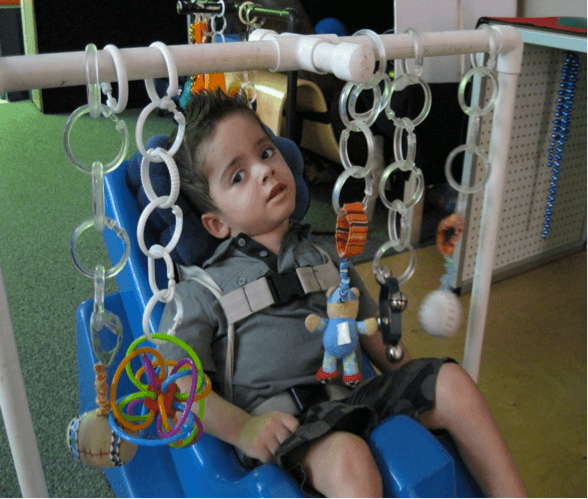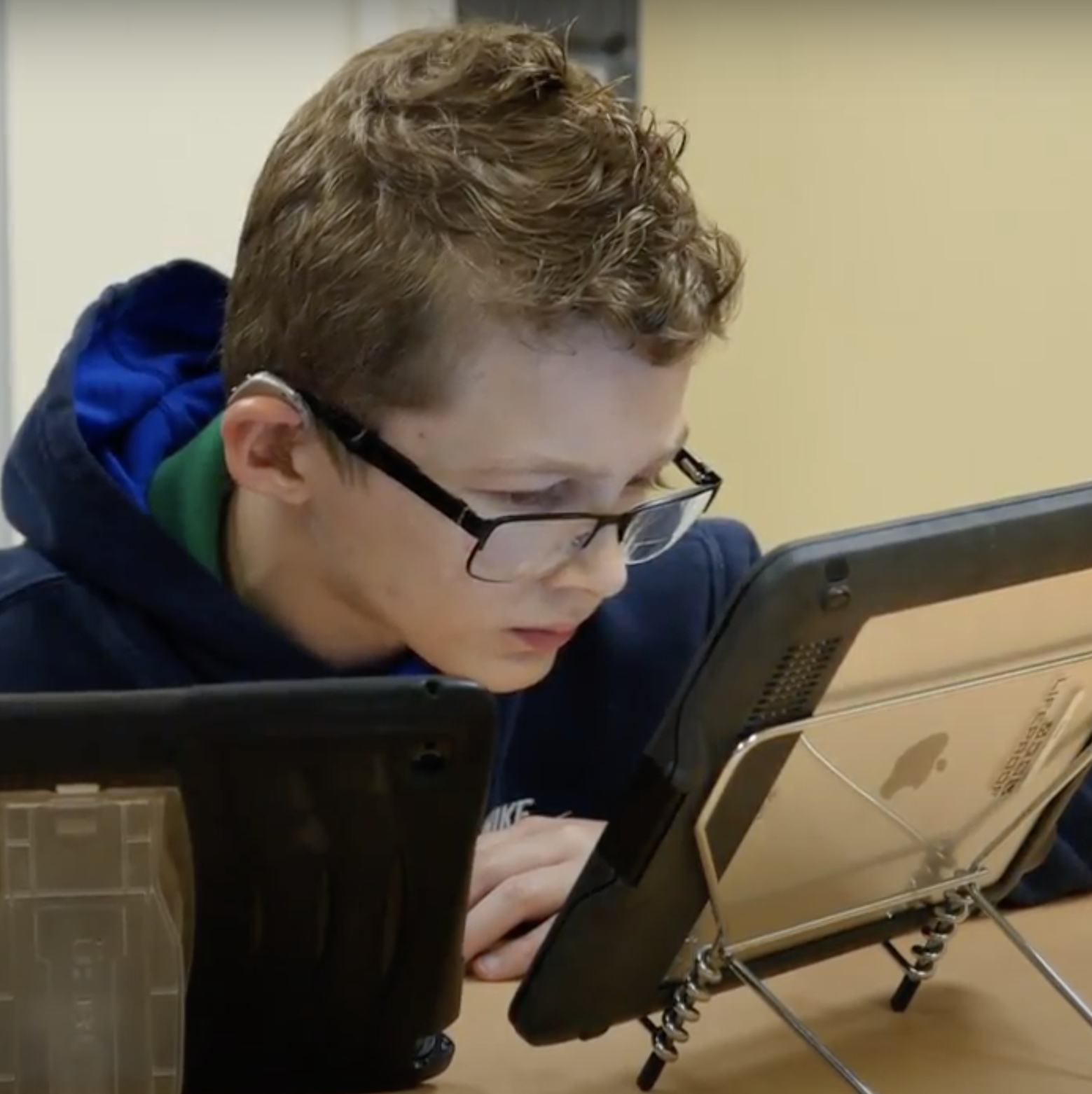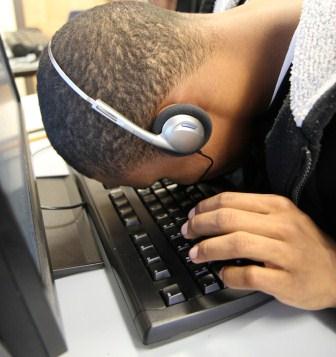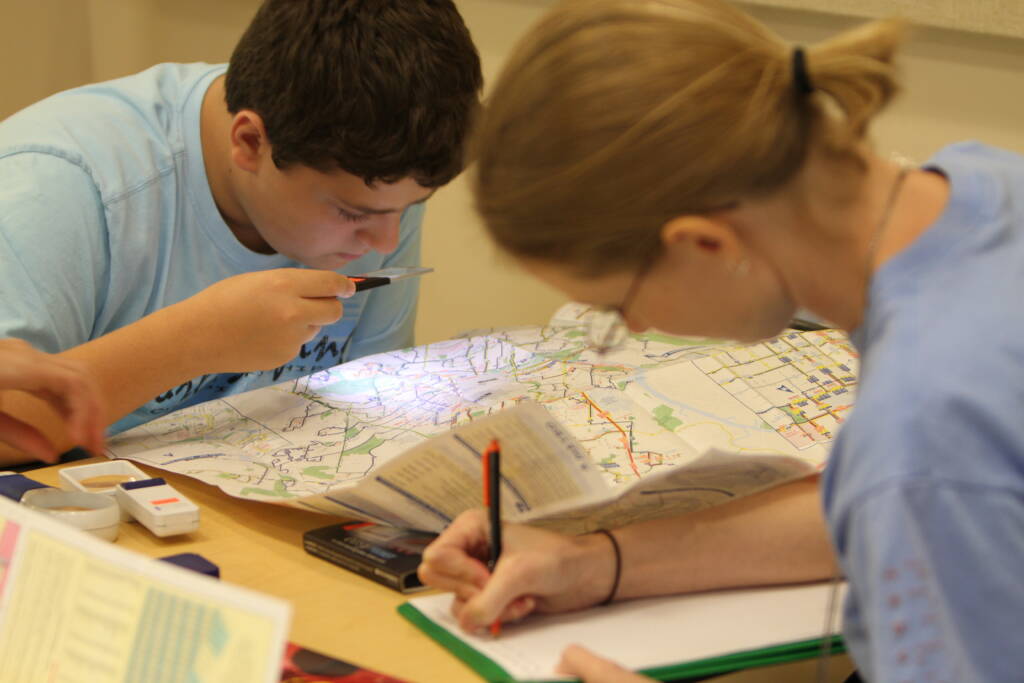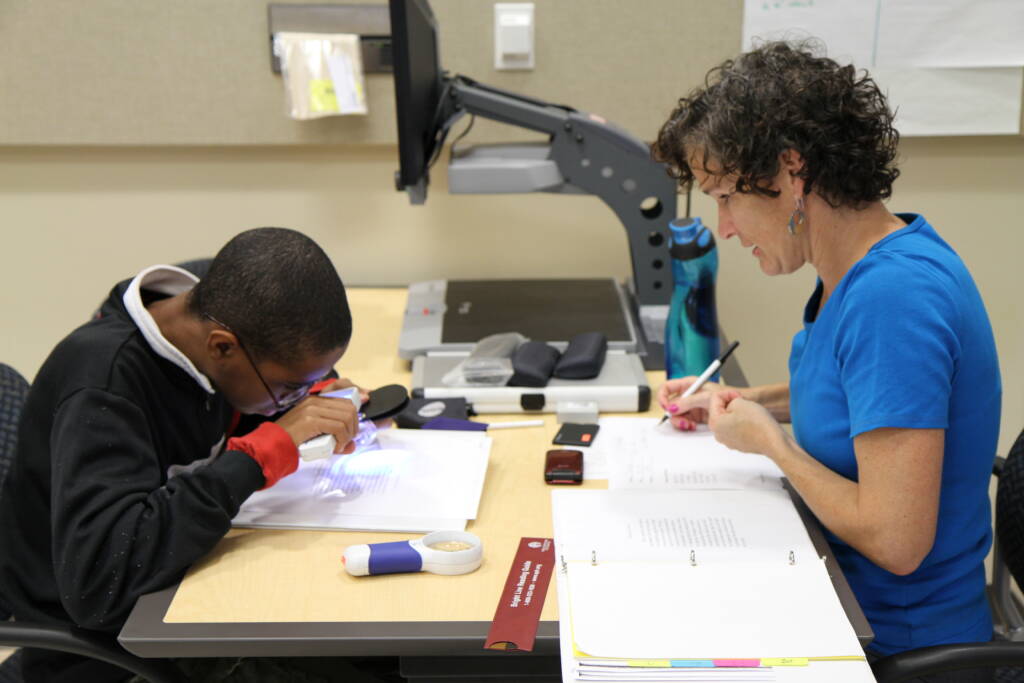Overview
Learning Media Assessment
A Learning Media Assessment promotes access to literacy and educational materials. The LMA evaluates the student’s efficiency in gathering information using a variety of sensory channels, and leads to recommendations for general learning media broadly, as well as what tools will support reading and writing. Read more about how to conduct a learning media assessment.

